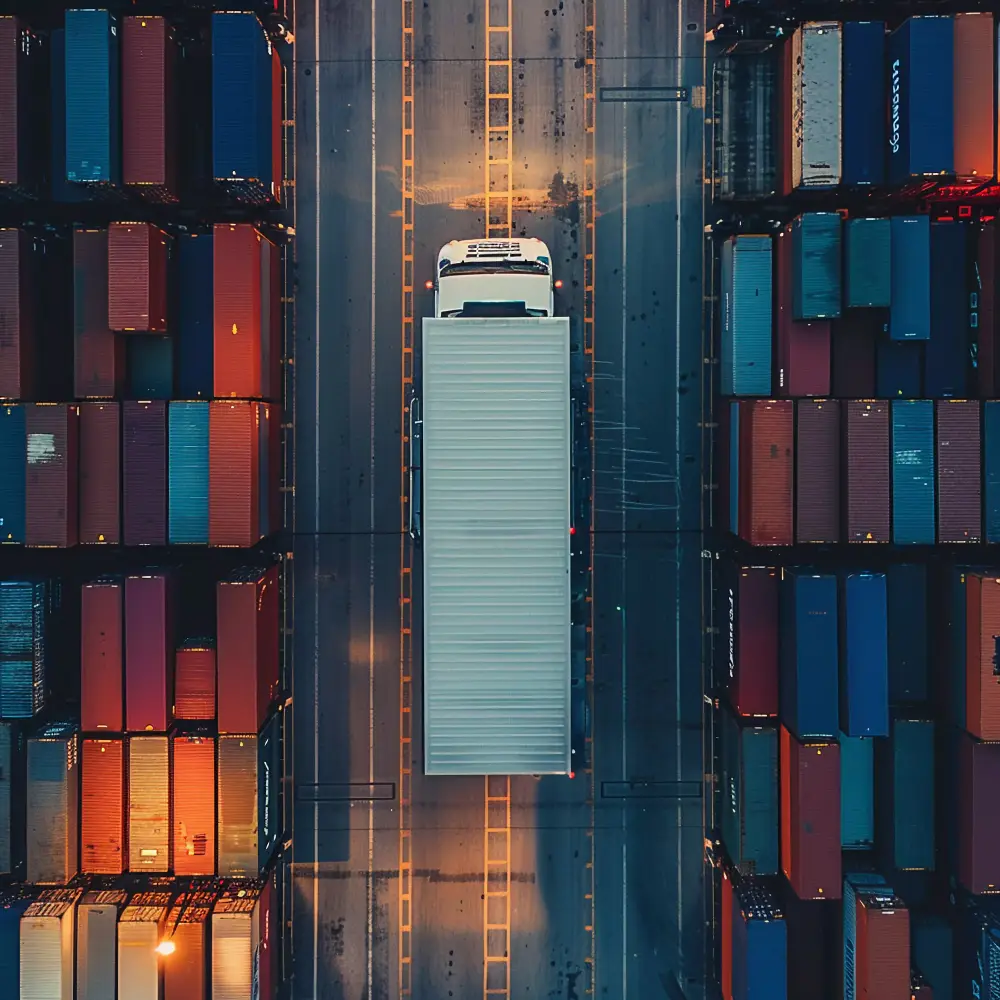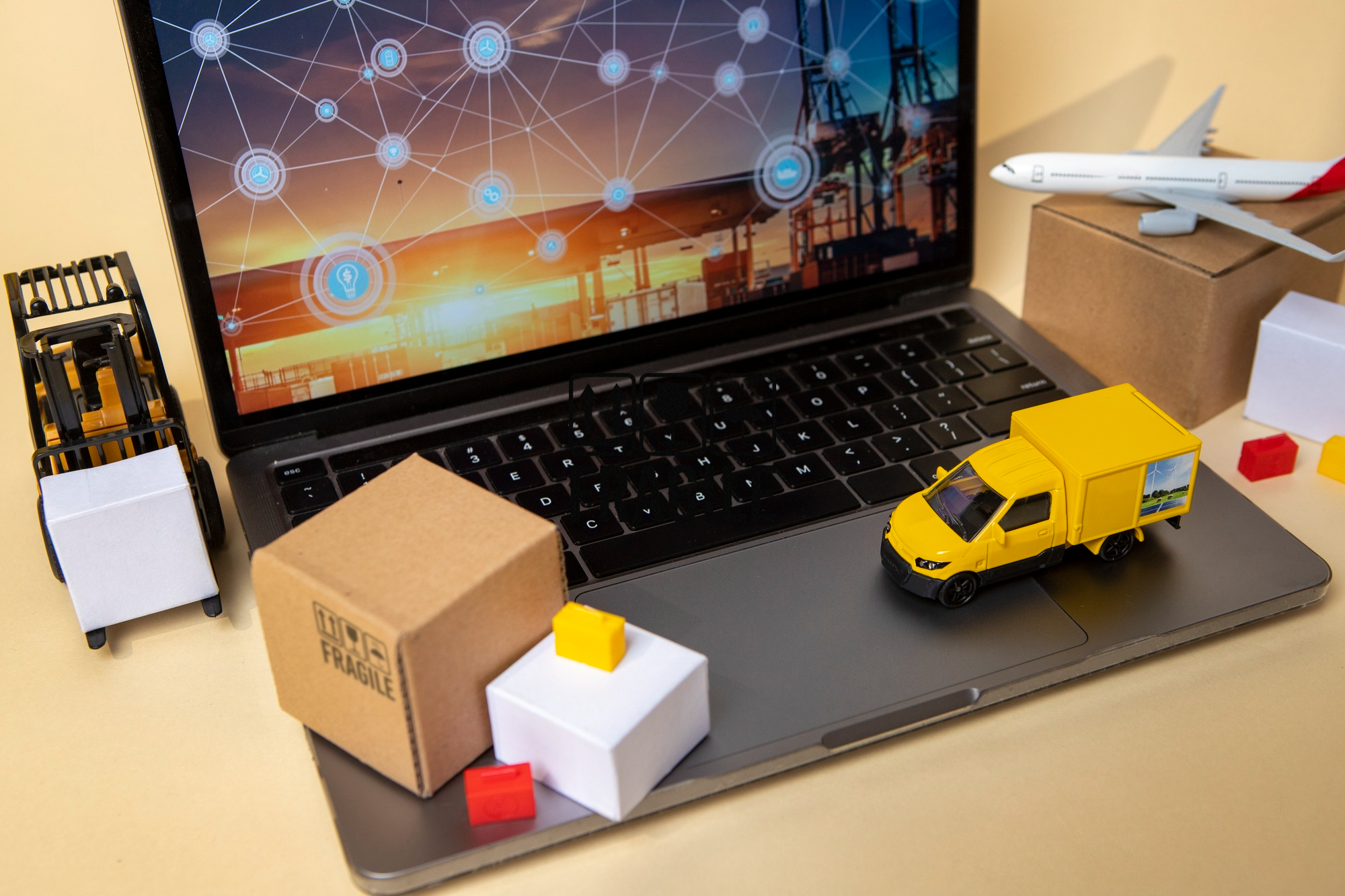The logistics industry is evolving at an unprecedented pace, driven by technological innovations, shifting consumer expectations, and global challenges. Staying ahead in 2025 requires not just awareness but also adaptability to these changes. In this blog, we’ll explore the key trends reshaping logistics, offering insights into what lies ahead and practical examples of how companies are thriving in this dynamic landscape.
The Rise of Automation and Robotics
Automation is no longer optional; it’s a necessity. By 2025, the global market for warehouse automation is projected to surpass $50 billion, according to Grand View Research. Robotics, powered by artificial intelligence (AI), is transforming warehouse operations. Companies like Amazon are leading this trend with fleets of automated robots that manage inventory with speed and precision.
Key benefits of automation:
- Cost reduction through minimized manual labor.
- Enhanced speed and accuracy in operations.
- Improved worker safety by reducing physical strain.
For example, DHL implemented automated picking systems in their German warehouses, reducing errors by 60% and increasing throughput by 30%.
Beyond warehouses, automation is expanding into last-mile delivery. Autonomous delivery robots and drones are now handling small parcel deliveries in urban areas. Companies like Starship Technologies have rolled out robots capable of navigating complex urban environments to deliver goods within minutes. This trend is expected to significantly reduce delivery times and costs while providing a futuristic customer experience.

The Rise of Automation and Robotics
Automation is no longer optional; it’s a necessity. By 2025, the global market for warehouse automation is projected to surpass $50 billion, according to Grand View Research. Robotics, powered by artificial intelligence (AI), is transforming warehouse operations. Companies like Amazon are leading this trend with fleets of automated robots that manage inventory with speed and precision.
Key benefits of automation:
- Cost reduction through minimized manual labor.
- Enhanced speed and accuracy in operations.
- Improved worker safety by reducing physical strain.
For example, DHL implemented automated picking systems in their German warehouses, reducing errors by 60% and increasing throughput by 30%.
Beyond warehouses, automation is expanding into last-mile delivery. Autonomous delivery robots and drones are now handling small parcel deliveries in urban areas. Companies like Starship Technologies have rolled out robots capable of navigating complex urban environments to deliver goods within minutes. This trend is expected to significantly reduce delivery times and costs while providing a futuristic customer experience.
Artificial Intelligence (AI) and Predictive Analytics
AI and predictive analytics are game-changers for logistics. By analyzing massive datasets, these tools enable companies to forecast demand, optimize routes, and improve delivery timelines.
Example: FedEx uses AI-powered systems to predict package delivery times with 95% accuracy, even accounting for weather disruptions.
Key benefits include:
- Proactive supply chain management.
- Reduced fuel consumption via optimized routes.
- Improved customer satisfaction with accurate delivery estimates.
Moreover, AI is transforming dynamic pricing strategies. Logistics companies are now using AI algorithms to adjust pricing in real time based on factors like demand surges, fuel costs, and delivery deadlines. This ensures competitive pricing while maintaining profitability.
The Growth of E-commerce and Omnichannel Logistics
E-commerce is expected to grow by 14% annually, reaching $6.4 trillion globally by 2025, according to Statista. This surge demands omnichannel logistics, where companies seamlessly integrate online and offline supply chains to meet customer demands.
Example of innovation: Target’s “ship-from-store” strategy leverages retail locations as distribution centers, ensuring faster deliveries and reducing costs.
Challenges and solutions:
- Balancing inventory between physical stores and online platforms.
- Leveraging technology to ensure real-time visibility across channels.
Another trend within e-commerce is the rise of personalized delivery options. Companies are now offering customers greater control, such as selecting specific delivery time slots or opting for curbside pickups. These enhancements cater to consumer demands for convenience and flexibility, solidifying brand loyalty.

The Role of Blockchain in Supply Chain Transparency
Blockchain technology is revolutionizing supply chain transparency. It provides a secure and tamper-proof ledger of transactions, ensuring trust and accountability.
Key applications:
- Tracking goods from origin to destination.
- Preventing counterfeit products in the supply chain.
- Enhancing compliance with regulatory standards.
Case study: Walmart uses blockchain to track food products, reducing the time to trace contaminated goods from seven days to mere seconds.
Beyond food safety, blockchain is being adopted for smart contracts in logistics. These digital contracts automatically execute terms when predefined conditions are met, eliminating the need for intermediaries and reducing administrative overhead. For instance, Maersk’s blockchain platform enables seamless communication and transaction tracking among shippers, customs, and port authorities.
The Shift to Hyperlocal Logistics
As customers demand faster deliveries, hyperlocal logistics is gaining momentum. Companies are investing in micro-fulfillment centers located closer to urban areas.
Benefits:
- Same-day or even one-hour deliveries.
- Reduced transportation costs.
Example: Instacart partners with local stores to deliver groceries within an hour, leveraging AI to optimize delivery routes.
This trend is complemented by the growth of dark stores — retail spaces dedicated exclusively to fulfilling online orders. Dark stores allow for rapid order processing and efficient space utilization, making them a vital component of hyperlocal strategies.
You may also be interested – Logistics Solutions: How Solsync’s BPO Drives Efficiency
Resilience Through Diversified Supply Chains
The pandemic highlighted the risks of over-reliance on single suppliers. By 2025, companies will diversify supply chains to enhance resilience.
Strategies for success:
- Partnering with multiple suppliers across different regions.
- Building buffer stocks to manage disruptions.
- Investing in digital twins for scenario modeling.
Real-life impact: Toyota’s diversified supplier network allowed it to recover faster from the 2021 semiconductor shortage.
Furthermore, supply chain diversification is driving collaboration with nearshoring partners. Companies are moving production closer to home markets to reduce lead times and transportation costs while mitigating risks associated with geopolitical tensions.

The Emergence of Smart Warehousing
Smart warehouses are becoming the backbone of efficient logistics operations. These facilities integrate technologies like IoT, AI, and robotics to automate processes and provide real-time insights.
Key features:
- IoT sensors for inventory tracking.
- Automated guided vehicles (AGVs) for material handling.
- Predictive maintenance to reduce downtime.
Example: Prologis, a global logistics real estate leader, has developed smart warehouses equipped with AI-driven energy management systems, reducing operational costs by 40%.
Key Takeaways for 2025
- Embrace technology to stay competitive, from automation to AI.
- Invest in sustainable practices to meet environmental and consumer demands.
- Focus on transparency and resilience to build trust and adaptability.
- Prioritize customer-centric strategies, such as hyperlocal logistics and omnichannel approaches.
By leveraging these trends, businesses can position themselves not just to survive but to thrive in the rapidly evolving logistics landscape.
Bibliography
- Grand View Research. (2023). “Warehouse Automation Market Insights.”
- (2024). “E-commerce Market Forecast.”
- Walmart Inc. (2023). “Blockchain for Food Safety.”
- FedEx Corporation. (2024). “AI in Logistics.”
- (2024). “Sustainability Report.”
- (2024). “Smart Warehousing Technologies.”
- (2024). “Blockchain and Smart Contracts in Logistics.”







